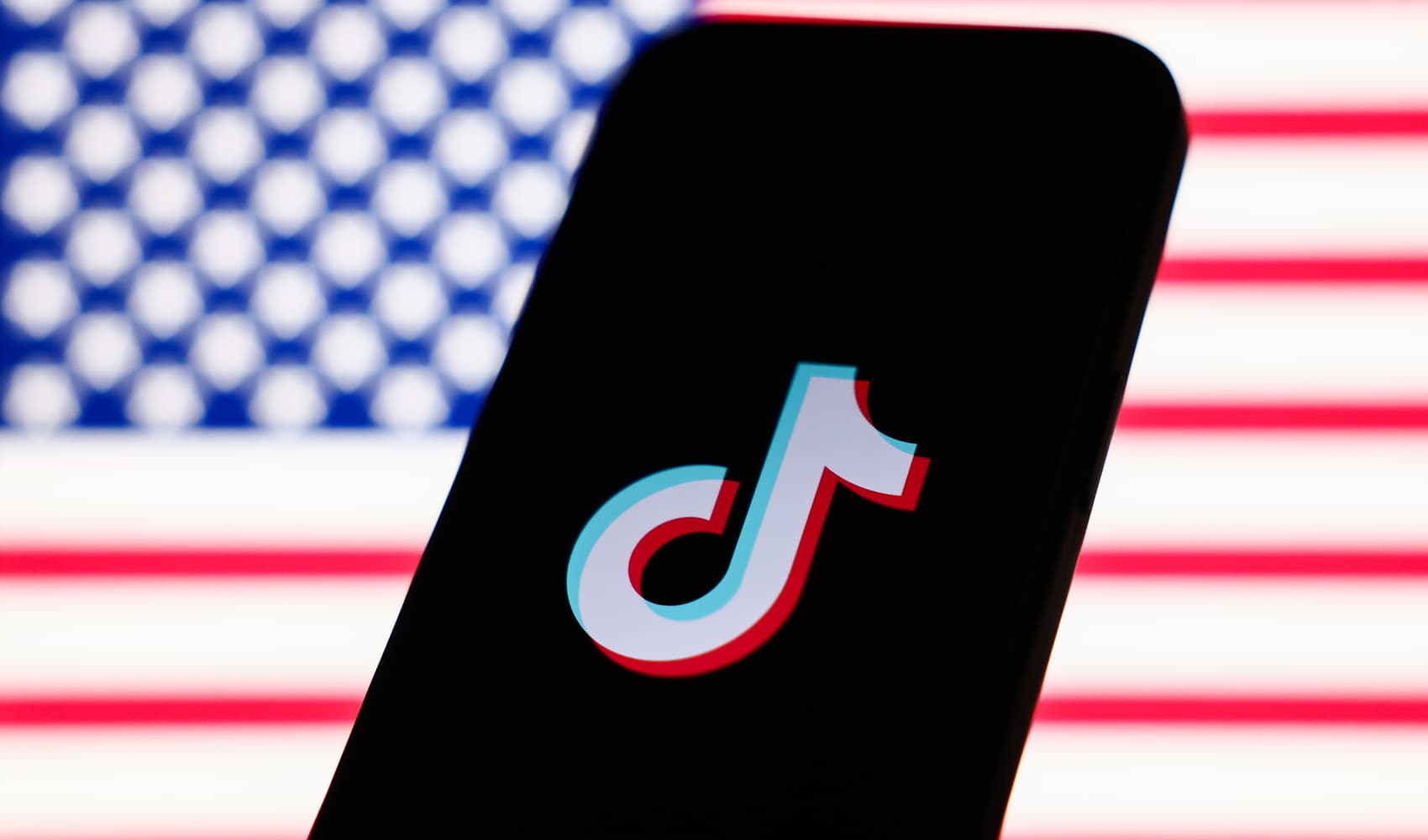
- About 93% of 401(k) plans offer a Roth savings option to workers, up from 62% a decade ago, according to the Plan Sponsor Council of America.
- A law known as Secure 2.0 is expected to make Roth 401(k) accounts more prevalent.
- Choosing between Roth and pretax savings is essentially a tax bet.
Retirement savers, take note: more employers have added a Roth savings option to their workplace 401(k) plans.
And, due to a legislative change, it's likely the remaining holdouts will soon offer it, too.
About 93% of 401(k) plans offered a Roth account in 2023, according to an annual poll published in December by the Plan Sponsor Council of America, an employer trade group.
Get top local stories in San Diego delivered to you every morning. Sign up for NBC San Diego's News Headlines newsletter.
That's up from 89% in 2022 and 62% a decade ago, according to the survey, which polled more than 700 employers with 401(k) plans of varying size.
How Roth, pretax 401(k) savings differ
Roth refers to how retirement savings are taxed.
Money Report
A Roth is an after-tax account: Savers pay tax upfront on their 401(k) contributions but, with some exceptions, don't pay later when they withdraw money.
By contrast, pretax savings have been the traditional route for 401(k) plans. Savers get an upfront tax break, deferring their tax bill on investment earnings and contributions until later, when they make withdrawals.
It seems like many aren't taking advantage of Roth availability: About 21% of eligible workers made a Roth contribution in 2023, versus 74% who made a pretax contribution, according to PSCA data.
How to choose between Roth or pretax contributions
Choosing which kind of 401(k) contributions to make — pretax or Roth — largely comes down to your current tax bracket and expectations about your future tax rate, according to financial advisors.
You want to choose the one that will keep your tax bill lowest. In short, it's a tax bet.
This requires some educated guesswork. For example, many financial advisors recommend Roth accounts for those who are early in their careers, a point at which their tax rate is likely to be lower than in the future, when their salary will almost certainly be higher.
More from Personal Finance:
Number of millennial 401(k) millionaires jumps 400%
Biden ends some student loan forgiveness plans
Why the 'great resignation' became the 'great stay'
"We always recommend [Roth] for someone who's in a low salary, typically the younger working folks," said Olga Ismail, head of retirement plans consulting at Provenance Wealth Advisors.
"It's the lowest tax bracket you're ever going to be in, so why not take advantage of it now if you can?" she said.
A Roth 401(k) also provides a unique savings opportunity. Roth individual retirement accounts — Roth IRAs, for short — have a lower annual contribution limit than 401(k)s and have income caps on eligibility. A 401(k) has no income caps. So, a Roth 401(k) lets higher earners access a Roth account directly, and allows all savers to contribute more money to a Roth account than they could otherwise.
Financial planners also generally recommend diversifying among pretax and Roth savings. This grants tax flexibility in retirement.
For example, strategically withdrawing money from a Roth account for income may keep some retirees from triggering higher premiums for Medicare Part B and Medicare Part D. Those premiums may increase with income — but Roth withdrawals don't count toward taxable income.
Also, while many people expect their tax rates to decline in retirement, this isn't always the case.
Why Roth 401(k) adoption will increase
More savers will likely soon have a Roth 401(k) option available to them if they don't already.
A 2022 retirement law known as Secure 2.0 will require "catch up" 401(k) contributions to be made to Roth accounts, if the worker's income exceeds $145,000 (indexed to inflation). That rule takes effect in 2026.
High earners age 50 or older would be required to contribute any additional savings over the annual 401(k) limit to a Roth account, meaning nearly all 401(k) plans would likely need to offer Roth accounts, Ismail said.
Workers can save up to $23,000 in a 401(k) for 2024. Those age 50 and older can save an extra $7,500 in catch-up contributions.
"Offering Roth as an option has become a best practice the last few years," and due to the mandate for high earners, "we will continue to see Roth become commonplace," said Hattie Greenan, PSCA's research director.
Additionally, Secure 2.0 allows businesses to make an employer 401(k) contribution like a match as Roth savings. About 13% of employers said they would "definitely" add the option, and another 35% said they're still considering it, according to PSCA data.






